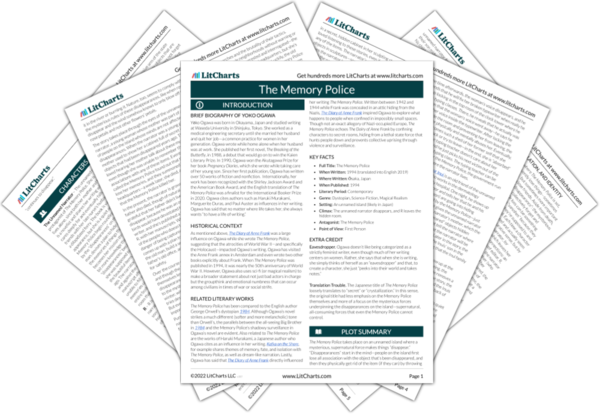The narrator’s misinterpretation of what R is going to do with the harmonica is a reference to the first chapter, when the narrator was a young girl in her mother’s studio and tried to drink perfume out of the bottle because she didn’t know what it was. R and the narrator strengthen their connection by playing music together with this lost object. It is noteworthy that even though she doesn’t recognize the harmonica, the narrator recognizes some of the songs that R plays, which shows how memory is still an important, meaningful part of her life even if she feels like she has no control over when memories come or go.
